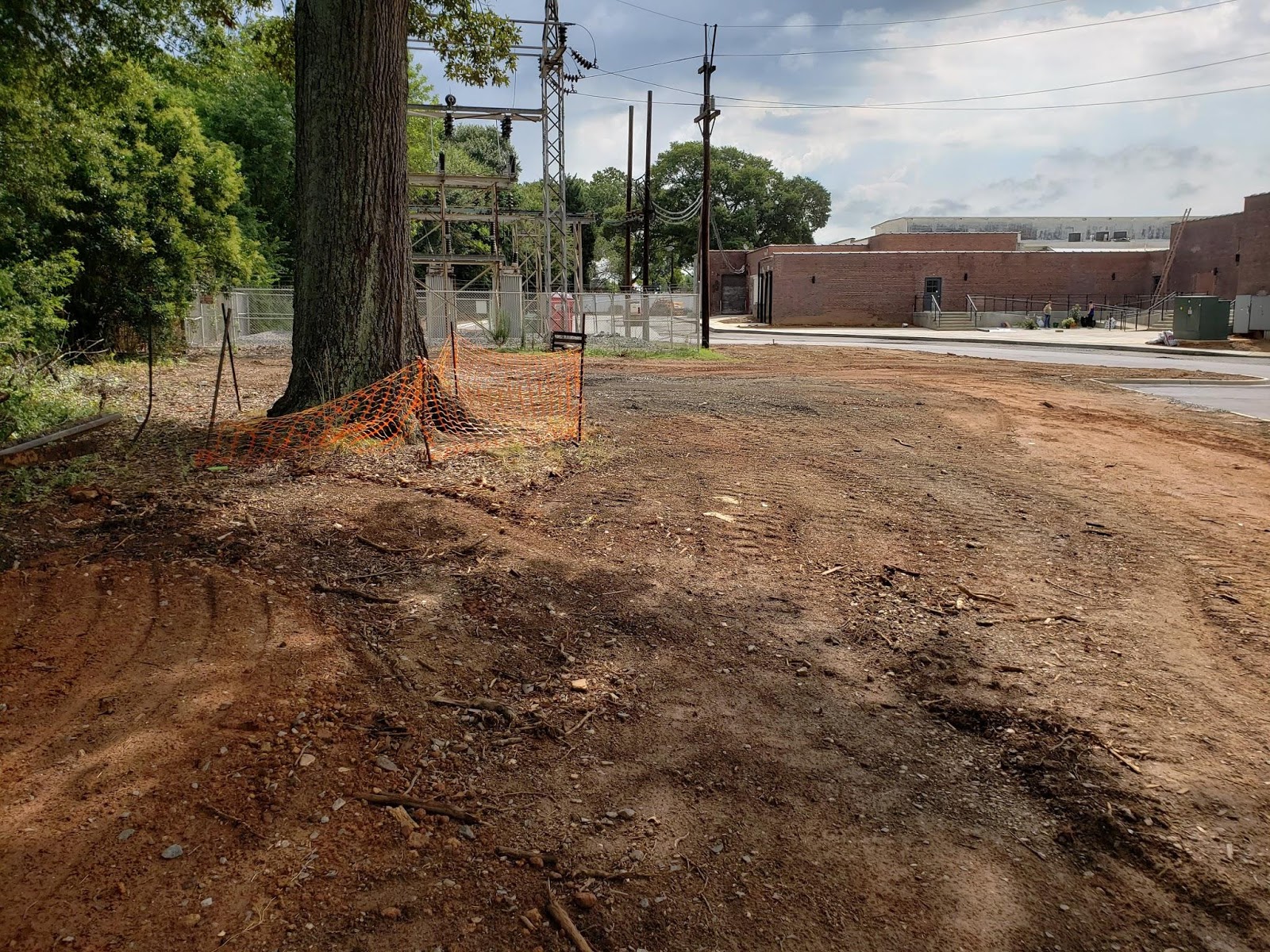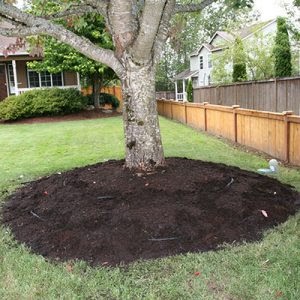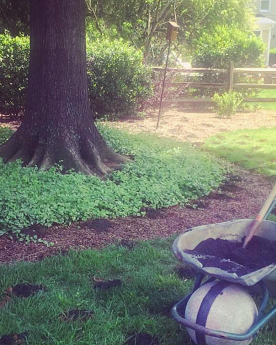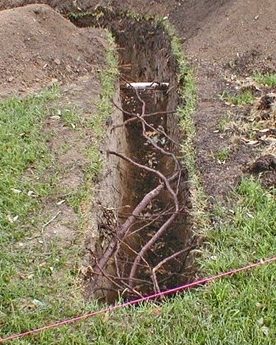CALL TO MEET WITH AN ARBORIST
704.525.3066 Charlotte
828.231.6008 Asheville
704.892.8927 Lake Norman
Construction Relief
Generally speaking, the soil in our area is not that great. This is compounded by new construction that can either remove the topsoil present or the damage created as traffic compacts the soil in your tree’s critical root zone. Amending the soil is critical to tree survival and longevity in urban environments. This includes rebuilding soil structure through decompaction and amending the soil with organic material, beneficial organisms, and critical nutrients. By de-compacting the soil we allow air and water, essentials for tree root health, to penetrate the area the roots inhabit. This service is ideal for trees that are victim to poor construction planning, but is also a good idea for planting bed preparation. Our consulting arborists will determine the best course of action for your property, providing the best results for your trees without negatively impacting the surrounding landscape.
Air Tilling
Trees and shrubs suffering from shallow soil compaction (typically due to pedestrian use or vibrations caused by vehicular traffic,) or lacking vigorous root growth due to poor topsoil quality (lack of organic matter, nutrients, beneficial organisms, or aeration) are ideal candidates for air tilling. Since most of a tree’s roots proliferate near the surface where they have the best access to oxygen and nutrients, air tilling is excellent at promoting robust and uniform root growth.
If it’s necessary to affect soil to a depth greater than 6-8 inches (15-20 cm), then it’s possible to combine air tilling with other methods such as radial trenching or vertical mulching. While the tree health benefits of air tilling alone (decompaction and aeration) are significant, this method is often used for soil augmentation as well. Air tilling is a preferred method to make organic topsoil amendments, including nutrients and beneficial organisms, due to the uniformity of treatment. Often referred to in the industry as root invigoration, this type of soil enhancement has been proven to increase root development and lead to overall improvements in tree health.


Radial Trenching
Radial trenching involves air-blasting narrow trenches beneath the canopy arranged like spokes of a wheel around the trunk. This application is especially useful in areas with poor drainage or compacted soils. Radial trenching involves air-blasting spoke-like sections of the root zone of the tree, then filling the holes with amendments and organic matter. It’s used for alleviating soil compaction and adding nutrients to the root zone of the tree. Radial trenching is shown to encourage deep root growth far reaching from the trunk and between structural root leaders.
Vertical Mulching
Vertical mulching is done to decompact and augment soil of a tree’s root zone. Vertical mulching can be particularly helpful when treating declining and construction-impacted trees. This application is especially useful in areas with poor drainage or compacted soils. Vertical mulching involves air-blasting holes in the soil in the root zone of the tree, then filling the holes with amendments and organic matter. It’s used for alleviating soil compaction and adding nutrients to the root zone of the tree.
Vertical mulching can increase fibrous root growth and increase air and water penetration into the soil. Trees rely on the soil in which they were planted to provide most of the nutrients required over the course of their entire life. This procedure creates channels for moisture to penetrate the soil.



Root pruning and Bio Barriers
Construction or maintenance work that makes intrusions into a tree’s root zone will benefit from the use of an AirSpade. Air-spading is safe to the tree’s roots and a highly efficient method to perform exploratory excavation to locate existing roots and utilities. Almost any site work operations – including the building of foundations, pavements, drainage infrastructure, and utilities – present ideal opportunities for air-spading and root pruning. Proper root pruning will encourage future growth and minimize negative impacts to structures or utilities. Once the existing roots have been excavated, a certified arborist can easily determine the best places to make clean cuts using a hand pruner. A bio barrier can also be installed to inhibit root growth into undesirable areas (foundations, driveways, retaining walls, etc…)
GET LIVE UPDATES FROM HEARTWOOD TREE
Stay current with the updates, newsletter and our event schedule. We are passionate about increasing awareness about the diminishing canopy coverage of our planet and we’re always staying involved to continue to be a part of the solution.

